The Capitol in 1933, City of Toronto Archives, Series 1231, It. 485 (1)
The Capitol Theatre opened in 1918. Located at 2492 Yonge Street, it was in a building block on the northwest corner of Yonge and Castlefield Avenue, six blocks north of Eglinton. It featured vaudeville shows and silent films. Information on cinematreasures.org states that it was built for Mr. McCelland, who arrived in Canada from Kingston Jamaica.
Map from Google, 2014
Mr. McCelland hired the architect J. M. Jeffery to design his theatre. Above the marquee was a two-storey window, topped with a Roman arch, and Corinthian pilasters on either side of it. The cornice was unadorned, the overall facade of the building almost symmetrical. An article in the Toronto Star (February 2000) stated that a source had indicated that the Capitol was originally named the York Eglinton, but its name was changed as there was already a York Theatre at Yonge and Bloor, which had opened in 1914.
Capable of seating 1300 patrons, the Capitol was a considerable size for a venue that catered mainly to local residents, though it did attract customers from other areas as the Yonge Streetcar line rumbled past it. It possessed a stage to accommodate vaudeville and a space near the stage for musicians. It occupied the full three floors of the section of the building where it was located. However, the remainder of the building contained residential apartments on the second and third floors and shops on the ground-floor level.
In 1924, a balcony was added and more shops were included in the space on the first-floor level. In 1933, the theatre was converted for exclusively screening films. Further renovations were done in 1946 and 1947, but no candy bar was added to avoid competition with the Laura Secord shop to the left of the theatre’s entrance. This was possibly in the terms of the candy shop’s lease. However, in 1954 a confection bar was finally added to the Capitol. In 1957, a fire in the stage area broke out at 4:50 pm, but it was not serious and the theatre was back in operation by 7:20 pm.
The theatre was originally independently owned but in the years ahead it was managed by Famous Players, though they did not own the building. In the late-1990s, it was a second-run movie house, featuring films that were not recent releases. Eventually it was taken over by the Festival Theatres, but they were unable to turn it into a profitable enterprise.
The Capitol shut in doors in November 1998, and for a few years it remained empty. It was eventually purchased and after a two-million dollar renovation, opened as an event venue named the Capitol Event Theatre. Though the seating had been removed, the high ceiling, stage and ornate interior detailing was maintained. A wall was removed to expose the projection room, which became a bar. There was second bar in the balcony.
Those who remember the Capitol Theatre may lament its demise, but it was saved from demolition and it has been restored to reflect some of its former glory. The same may be said of the Eglinton Theatre.
View of the auditorium of the Capitol from the balcony. Notice the quality arm chairs. City of Toronto Archives, Series 1278, File 38
View from the rear of the main-floor level of the Capitol, City of Toronto Archives, Series 1278, File 38.
Outer lobby and entrance door of the Capitol, City of Toronto Archives, Series 1278, File 38.
Capitol with the film “Wings of the Morning,” released 1937. City of Toronto Archives, Series 1278, File 38.
Capitol Theatre, with film “Women in the Wind,” released 1939.
The Capitol Theatre c. 1946.
The Capitol c. 1947.
Undated photo of the Capitol, City of Toronto Archives, Series 1135, file 131
To view the Home Page for this blog: https://tayloronhistory.com/
To view links to other posts placed on this blog about the history of Toronto and its buildings:
https://tayloronhistory.com/2013/10/08/links-to-historic-architecture-of-torontotayloronhistory-com/
To view previous blogs about old movie houses of Toronto—historic and modern
https://tayloronhistory.com/2013/10/09/links-to-toronto-old-movie-housestayloronhistory-com/
Recent publication entitled “Toronto’s Theatres and the Golden Age of the Silver Screen,” by the author of this blog. The publication explores 50 of Toronto’s old theatres and contains over 80 archival photographs of the facades, marquees and interiors of the theatres. It also relates anecdotes and stories from those who experienced these grand old movie houses.
To place an order for this book:
Theatres Included in the Book:
Chapter One – The Early Years—Nickelodeons and the First Theatres in Toronto
Theatorium (Red Mill) Theatre—Toronto’s First Movie Experience and First Permanent Movie Theatre, Auditorium (Avenue, PIckford), Colonial Theatre (the Bay), the Photodome, Revue Theatre, Picture Palace (Royal George), Big Nickel (National, Rio), Madison Theatre (Midtown, Capri, Eden, Bloor Cinema, Bloor Street Hot Docs), Theatre Without a Name (Pastime, Prince Edward, Fox)
Chapter Two – The Great Movie Palaces – The End of the Nickelodeons
Loew’s Yonge Street (Elgin/Winter Garden), Shea’s Hippodrome, The Allen (Tivoli), Pantages (Imperial, Imperial Six, Ed Mirvish), Loew’s Uptown
Chapter Three – Smaller Theatres in the pre-1920s and 1920s
Oakwood, Broadway, Carlton on Parliament Street, Victory on Yonge Street (Embassy, Astor, Showcase, Federal, New Yorker, Panasonic), Allan’s Danforth (Century, Titania, Music Hall), Parkdale, Alhambra (Baronet, Eve), St. Clair, Standard (Strand, Victory, Golden Harvest), Palace, Bedford (Park), Hudson (Mount Pleasant), Belsize (Crest, Regent), Runnymede
Chapter Four – Theatres During the 1930s, the Great Depression
Grant ,Hollywood, Oriole (Cinema, International Cinema), Eglinton, Casino, Radio City, Paramount, Scarboro, Paradise (Eve’s Paradise), State (Bloordale), Colony, Bellevue (Lux, Elektra, Lido), Kingsway, Pylon (Royal, Golden Princess), Metro
Chapter Five – Theatres in the 1940s – The Second World War and the Post-War Years
University, Odeon Fairlawn, Vaughan, Odeon Danforth, Glendale, Odeon Hyland, Nortown, Willow, Downtown, Odeon Carlton, Donlands, Biltmore, Odeon Humber, Town Cinema
Chapter Six – The 1950s Theatres
Savoy (Coronet), Westwood
Chapter Seven – Cineplex and Multi-screen Complexes
Cineplex Eaton Centre, Cineplex Odeon Varsity, Scotiabank Cineplex, Dundas Square Cineplex, The Bell Lightbox (TIFF)
![f1231_it1485[1] Dr. Bull, 1933 f1231_it1485[1] Dr. Bull, 1933](https://tayloronhistory.com/wp-content/uploads/2014/12/f1231_it14851-dr-bull-1933-_thumb.jpg)
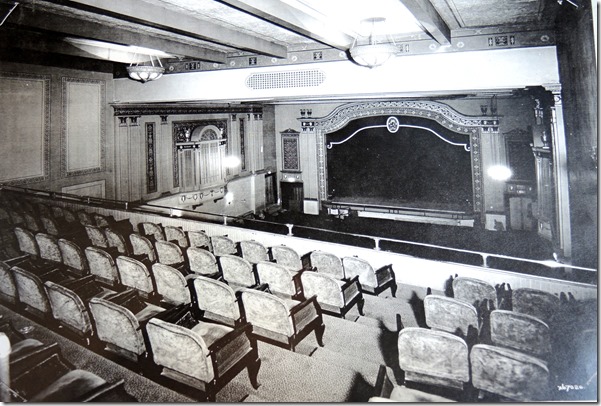
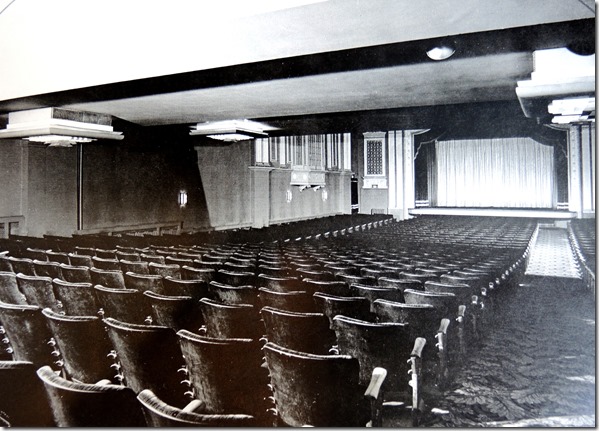
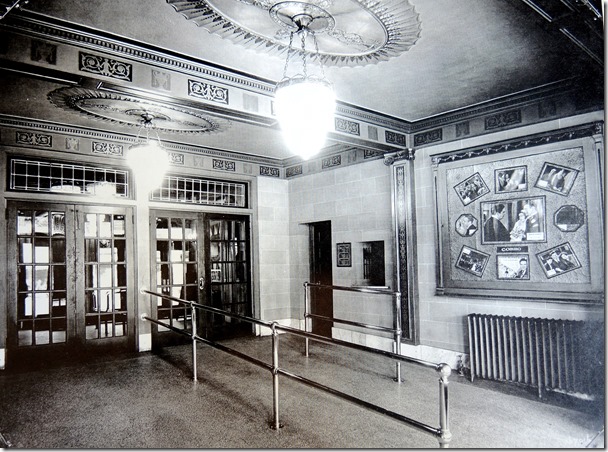
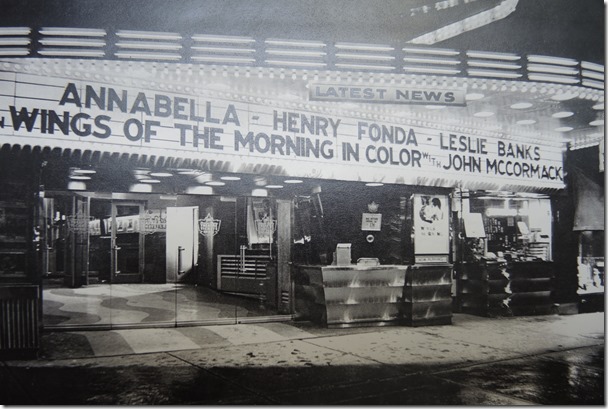
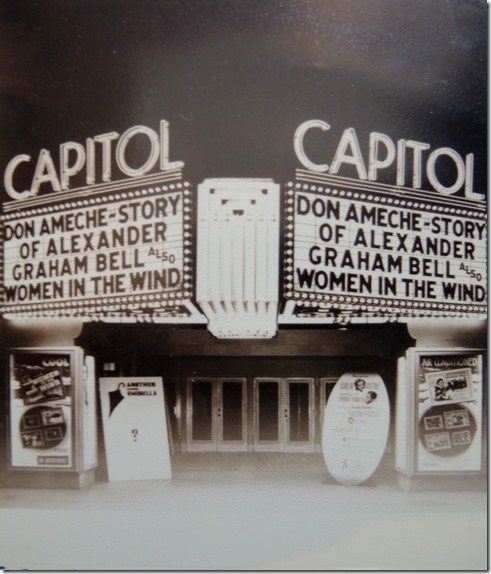
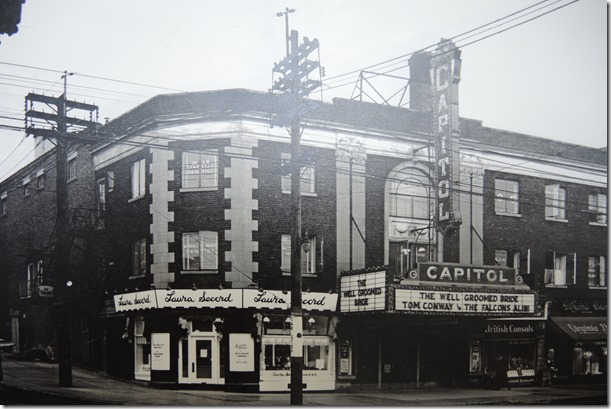
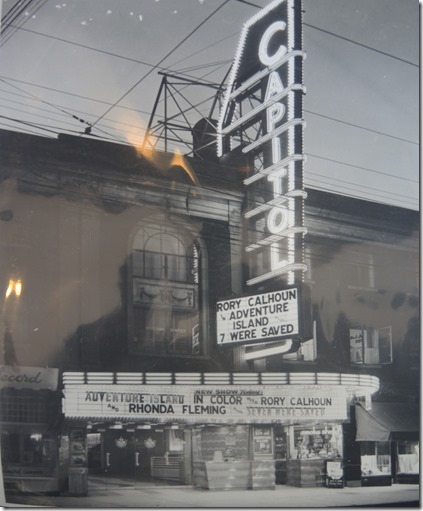
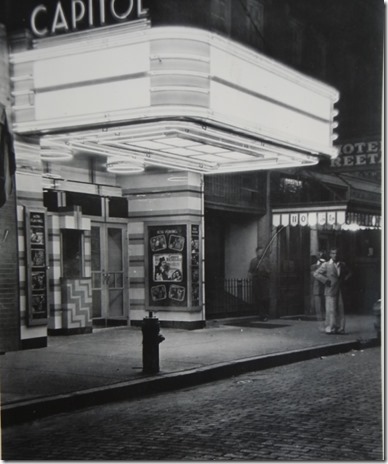
![cid_E474E4F9-11FC-42C9-AAAD-1B66D852[2] cid_E474E4F9-11FC-42C9-AAAD-1B66D852[2]](https://tayloronhistory.com/wp-content/uploads/2014/12/cid_e474e4f9-11fc-42c9-aaad-1b66d8522_thumb.jpg)

One thought on “Toronto’s old Capitol Theatre”